Breathing is such a fundamental part of life that it can be shocking to learn that it could be the very thing causing you to be allergic.
Can You Be Allergic To Air?
Technically No, You can’t be allergic to air.
But while you cannot be allergic to air itself, you can be allergic to various pollutants and particles suspended in it, such as pollen, dust mites, mold spores, and pet dander.
These allergens trigger immune responses in sensitive individuals, leading to symptoms like sneezing, congestion, and asthma exacerbations.
Introduction
In the quest to understand the myriad ways our environment impacts our health, an intriguing question arises:
Can one be allergic to the very air we breathe? At first glance, the concept may seem far-fetched; after all, air is the essential, life-sustaining medium we all share.
However, a closer examination reveals a complex tapestry of substances suspended in the air, invisible to the naked eye yet potent in their effects.
From the bustling city streets to the quiet of a suburban home, the air is laden with a diverse array of pollutants—particulate matter, volatile organic compounds, nitrogen dioxide, and more—that can trigger allergic reactions.
It’s not the air itself that betrays us but the unseen assailants it carries, turning our most basic necessity into a potential source of discomfort and disease.
This article delves into the invisible world of air pollutants and their impact on our health, challenging us to rethink our relationship with the very essence of our environment.
 Common Airborne Allergens: Invisible Triggers of Allergic Reactions
Common Airborne Allergens: Invisible Triggers of Allergic Reactions
While the air we breathe seems clear and harmless, it is often teeming with microscopic entities that can provoke allergic responses in many individuals. Understanding these common airborne allergens is crucial in recognizing and mitigating the unseen risks they pose to our health.
- Pollen: Produced by trees, grasses, and weeds, pollen is one of the most prevalent airborne allergens. Its tiny grains are designed to be carried by the wind to fertilize other plants, but when inhaled by humans, they can trigger allergic rhinitis, commonly known as hay fever.
- Dust Mites: These microscopic creatures thrive in household dust. Their body fragments and fecal matter can become airborne, especially during cleaning or when disturbing bedding, upholstered furniture, and stuffed toys, leading to allergic reactions and asthma.
- Mold Spores: Molds produce spores that float in the air like pollen and can be inhaled. In damp or humid conditions, indoors or outdoors, mold spores can flourish, causing allergic reactions and asthma flare-ups in sensitive individuals.
- Pet Dander: Pets, especially cats and dogs, shed tiny flakes of skin called dander, which can become airborne and trigger allergies. Even homes without pets can have dander, as it can be carried on clothing and spread through the air.
- Industrial Pollutants: Chemicals and particulates released from factories, vehicles, and construction sites can also act as allergens. Substances like sulfur dioxide, nitrogen oxides, and fine particulate matter can irritate the respiratory system and exacerbate existing allergies.
| Allergen | Sources | Common Environments | Potential Health Effects |
|---|---|---|---|
| Pollen | Trees, grasses, weeds | Outdoor areas, especially during pollination seasons | Sneezing, runny nose, itchy eyes, asthma exacerbation |
| Dust Mites | Household dust | Homes, especially in bedding, upholstered furniture | Sneezing, runny nose, itchy eyes, asthma exacerbation |
| Mold Spores | Mold growth | Damp or humid areas, indoors and outdoors | Sneezing, coughing, itchy eyes, asthma exacerbation |
| Pet Dander | Flakes of skin from cats and dogs | Homes with pets, clothing of pet owners | Sneezing, runny nose, itchy eyes, asthma exacerbation |
 Impact on Health: Navigating the Spectrum of Allergic Responses
Impact on Health: Navigating the Spectrum of Allergic Responses
The infiltration of airborne allergens into our daily lives can lead to a wide range of health impacts, affecting individuals differently based on their sensitivity, exposure level, and overall health. Understanding these impacts is essential for managing and mitigating allergic reactions.
- Immediate Reactions: For many, the immediate response to allergens includes symptoms such as sneezing, nasal congestion, itchy or watery eyes, and throat irritation. These reactions, while uncomfortable, are typically manageable with over-the-counter remedies and avoidance strategies.
- Respiratory Issues: More severe reactions involve the respiratory system, where allergens can trigger asthma attacks, characterized by wheezing, shortness of breath, chest tightness, and coughing. For individuals with pre-existing asthma or other respiratory conditions, exposure to allergens can significantly exacerbate their symptoms, requiring more intensive treatment and management.
- Chronic Conditions: Prolonged exposure to certain allergens, especially in poor air quality conditions, can contribute to the development or worsening of chronic respiratory diseases, such as chronic obstructive pulmonary disease (COPD) and chronic rhinitis. These conditions can lead to a persistent decline in quality of life and require ongoing medical care.
- Skin and Eye Irritations: Apart from respiratory symptoms, allergens can also affect the skin and eyes, leading to conditions like eczema (atopic dermatitis) and allergic conjunctivitis. These conditions can cause significant discomfort and may require specialized treatment.
- Impact on Quality of Life: Beyond the physical health effects, the presence of airborne allergens can significantly impact an individual’s quality of life. Symptoms can disrupt sleep, reduce productivity, and limit outdoor activities, contributing to stress and general well-being decline.
| Severity | Symptom Type | Specific Symptoms | Recommended Actions |
|---|---|---|---|
| Mild | Respiratory | Sneezing, runny or stuffy nose | Antihistamines, nasal sprays |
| Mild | Eye | Itchy, watery eyes | Allergy eye drops |
| Moderate | Respiratory | Wheezing, chest tightness, coughing | Inhalers, avoiding allergens |
| Moderate | Skin | Eczema, hives | Topical creams, avoiding allergens |
| Severe | Respiratory | Difficulty breathing, asthma attacks | Immediate use of rescue inhaler, medical attention |
 Navigating the Air Quality Index (AQI): A Guide to Healthier Air
Navigating the Air Quality Index (AQI): A Guide to Healthier Air
Understanding the Air Quality Index (AQI) is crucial for anyone looking to minimize their exposure to airborne allergens and pollutants. The AQI is a tool used by environmental agencies to communicate how clean or polluted the air is on any given day, and what associated health effects might be a concern.
What is AQI?
The AQI measures the air pollution level from 0 to 500, with higher values indicating greater pollution levels and higher potential health risks. It is calculated based on the concentrations of major air pollutants, including particulate matter (PM2.5 and PM10), ozone (O3), sulfur dioxide (SO2), nitrogen dioxide (NO2), and carbon monoxide (CO).
Interpreting AQI Values
AQI values are divided into categories that correspond to different levels of health concern. Understanding these categories can help you make informed decisions about your daily activities, especially if you are sensitive to poor air quality.
AQI Categories and Actions Table
| AQI Range | Category | Health Implications | Recommended Actions |
|---|---|---|---|
| 0-50 | Good | Air quality is considered satisfactory, and air pollution poses little or no risk. | Enjoy outdoor activities. |
| 51-100 | Moderate | Air quality is acceptable; however, there may be a risk for some people, particularly those who are unusually sensitive to air pollution. | Sensitive individuals should consider limiting prolonged outdoor exertion. |
| 101-150 | Unhealthy for Sensitive Groups | Members of sensitive groups may experience health effects. The general public is not likely to be affected. | Sensitive individuals should limit prolonged outdoor exertion. |
| 151-200 | Unhealthy | Everyone may begin to experience health effects; members of sensitive groups may experience more serious health effects. | Limit prolonged outdoor exertion; sensitive groups should avoid outdoor activity. |
| 201-300 | Very Unhealthy | Health alert: everyone may experience more serious health effects. | Avoid all outdoor exertion. |
| 301-500 | Hazardous | Health warnings of emergency conditions. The entire population is more likely to be affected. | Remain indoors and keep activity levels low. |
Practical Tips for Using AQI
- Check the AQI regularly, especially during warmer months or periods of known high pollution (e.g., wildfire season).
- Use smartphone apps, websites, or local news outlets to stay informed about daily AQI values.
- Plan outdoor activities for times when the AQI is lower, typically in the morning or late evening.
- Consider indoor exercise options when AQI levels are high.
Here are some reliable sources where the AQI can be checked:
- AirNow: This is a government website (airnow.gov) provided by the EPA (Environmental Protection Agency) in the United States, offering real-time AQI readings and forecasts for locations across the country. It’s a primary source for many looking to check the air quality.
- The Weather Channel: Many weather forecasting websites and apps, including The Weather Channel (weather.com), provide AQI information along with weather forecasts. These platforms often offer user-friendly interfaces for checking local air quality.
- AQICN (The World Air Quality Index project): This website (aqicn.org) provides real-time air quality information for over 100 countries. It’s a useful resource for checking AQI in various locations worldwide.
- Smart Home Devices: Some smart home devices and air quality monitors can provide indoor and outdoor AQI readings directly to your smartphone or device, offering personalized air quality information based on your immediate environment.
 Mitigating Allergens with HEPA Air Purifiers: A Breath of Fresh Air
Mitigating Allergens with HEPA Air Purifiers: A Breath of Fresh Air
As we grapple with the health impacts of airborne allergens, technology offers a beacon of hope in the form of HEPA air purifiers. These devices are designed to capture a significant percentage of the allergens that permeate our indoor environments, providing a cleaner, healthier air quality at home.
- Understanding HEPA Technology: HEPA filters are constructed to trap particles as small as 0.3 microns with a 99.97% efficiency rate, including pollen, dust mites, mold spores, and pet dander. By circulating air through these dense filters, HEPA purifiers can significantly reduce the concentration of airborne allergens.
- Selecting the Right Purifier: When choosing a HEPA air purifier for your home, consider factors such as the size of the room (square footage), the purifier’s Clean Air Delivery Rate (CADR), filter replacement indicators, and noise levels. For those with specific allergies or asthma, look for purifiers certified by reputable health organizations, which may offer additional filtration capabilities to target particular allergens. Alpine Air Purifiers are among the best.
- Placement and Maintenance: To maximize effectiveness, place air purifiers in areas where you spend the most time, such as bedrooms and living rooms. Regular maintenance, including filter replacement as per the manufacturer’s guidelines, is crucial to ensure the purifier operates efficiently.
- Complementary Strategies: While HEPA purifiers can significantly improve indoor air quality, they should be part of a broader allergen reduction strategy. This can include regular cleaning to reduce dust and pet dander, maintaining optimal humidity to discourage mold growth, and minimizing indoor plants that can contribute to pollen and mold spores.
| Strategy | Effectiveness | Implementation Tips | Considerations |
|---|---|---|---|
| Use of Air Purifiers | High | Place in high-traffic areas, maintain filters | Initial cost, maintenance |
| Regular Cleaning | Moderate to High | Use damp cloths to avoid raising dust, vacuum regularly with a HEPA filter vacuum | Time, effort required |
| Humidity Control | Moderate to High | Use dehumidifiers to keep humidity below 50% | Energy usage, maintenance of device |
| Allergen-proof Bedding | Moderate | Encase mattresses and pillows in allergen-proof covers | Initial cost, regular washing required |
In Conclusion
Can You Be Allergic to Air?
While it’s not the air itself that causes allergies, the particles it carries, such as pollen, dust, and pet dander, can lead to allergic reactions. These reactions include symptoms like sneezing, itchy eyes, and even asthma in sensitive individuals.
Thank you for taking the time to read this article. We hope it has provided valuable insights into the unseen world of airborne allergens and how they can impact our health. Remember, understanding is the first step toward better health and well-being. Stay informed, stay healthy, and breathe easier.


 Common Airborne Allergens: Invisible Triggers of Allergic Reactions
Common Airborne Allergens: Invisible Triggers of Allergic Reactions Impact on Health: Navigating the Spectrum of Allergic Responses
Impact on Health: Navigating the Spectrum of Allergic Responses Navigating the Air Quality Index (AQI): A Guide to Healthier Air
Navigating the Air Quality Index (AQI): A Guide to Healthier Air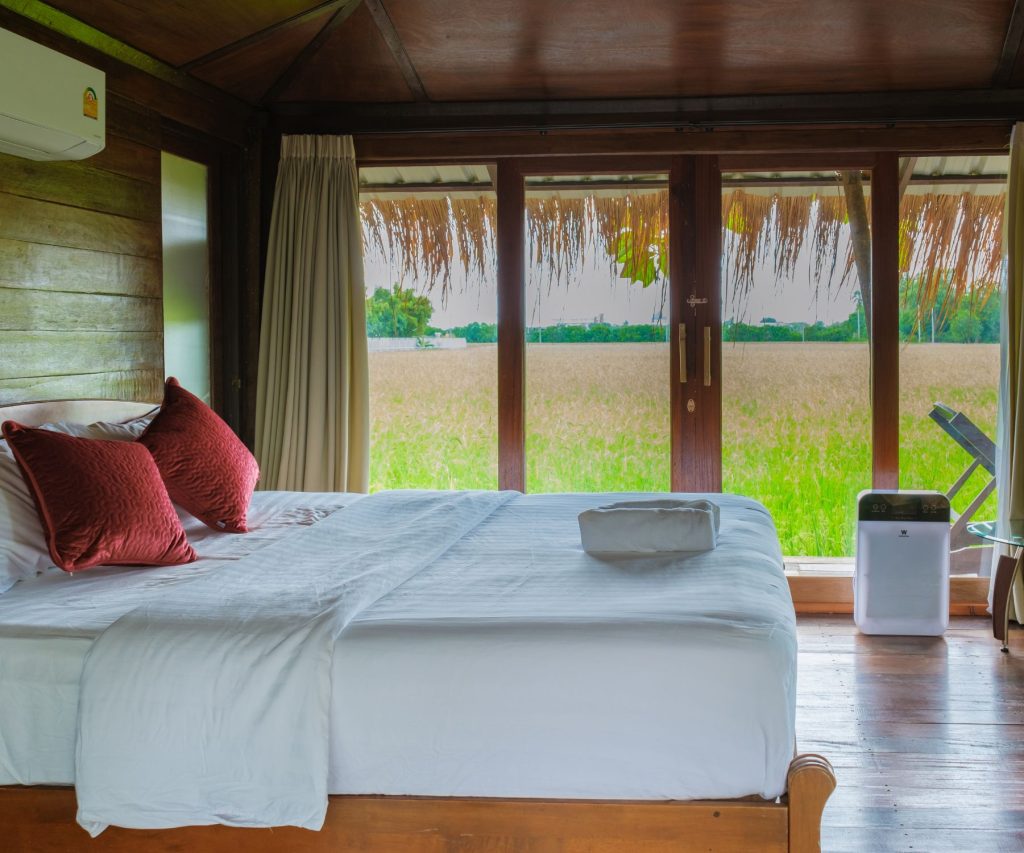 Mitigating Allergens with HEPA Air Purifiers: A Breath of Fresh Air
Mitigating Allergens with HEPA Air Purifiers: A Breath of Fresh Air
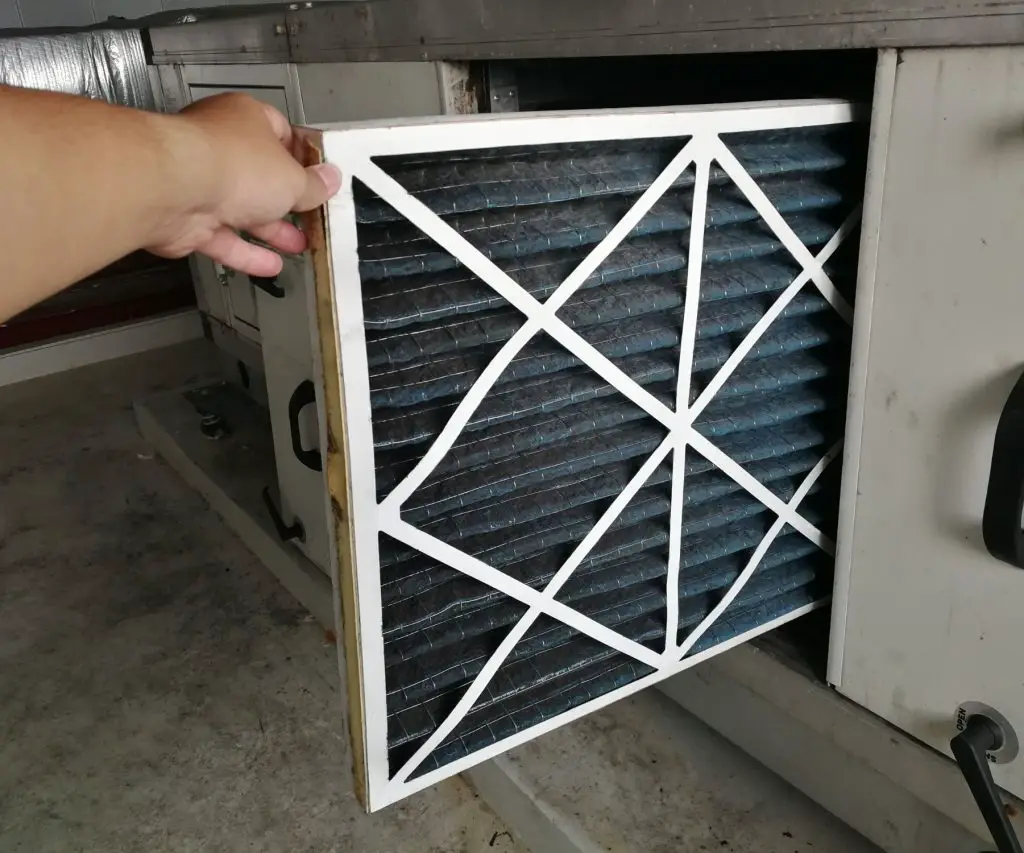

 ULPA Filters
ULPA Filters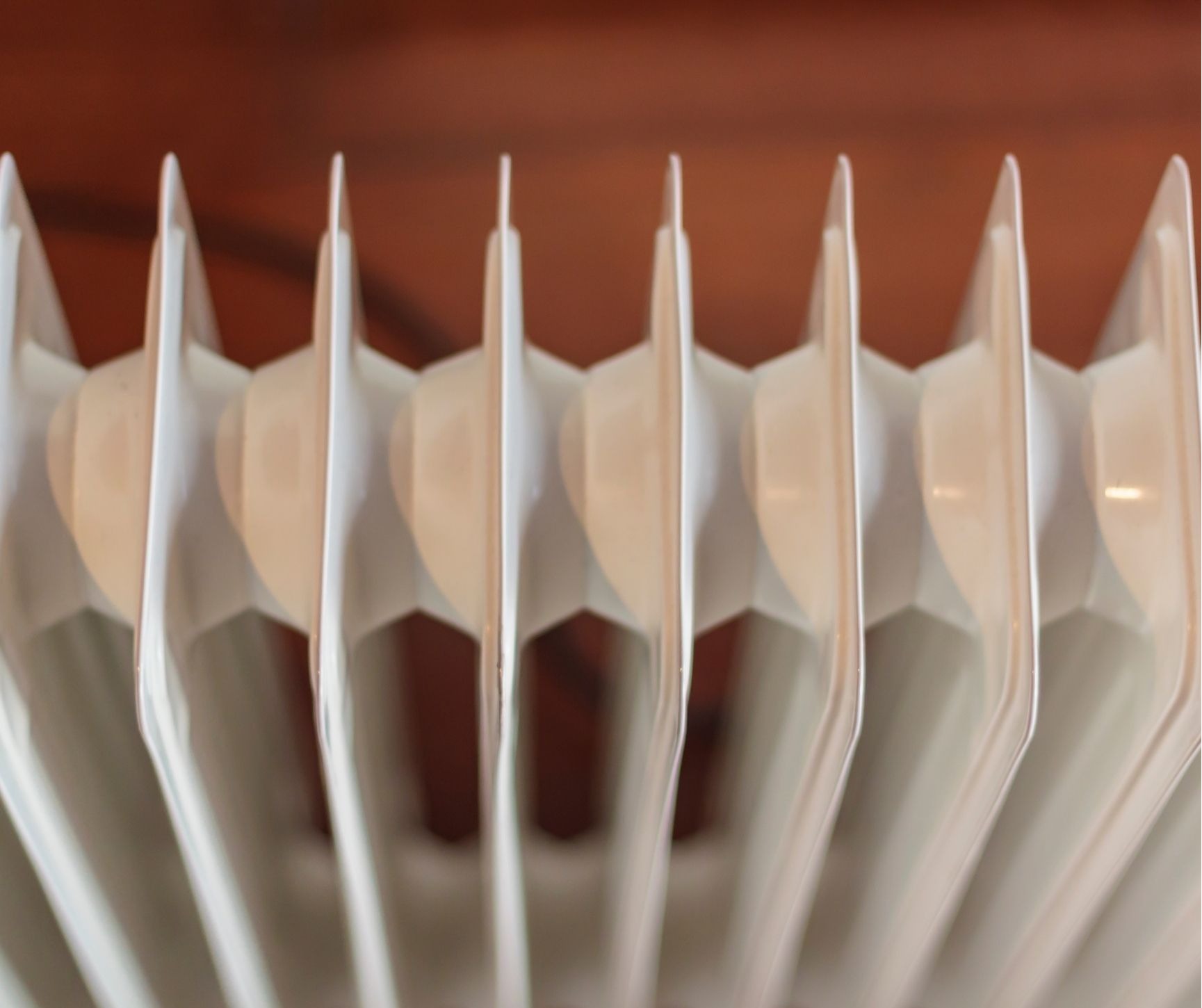
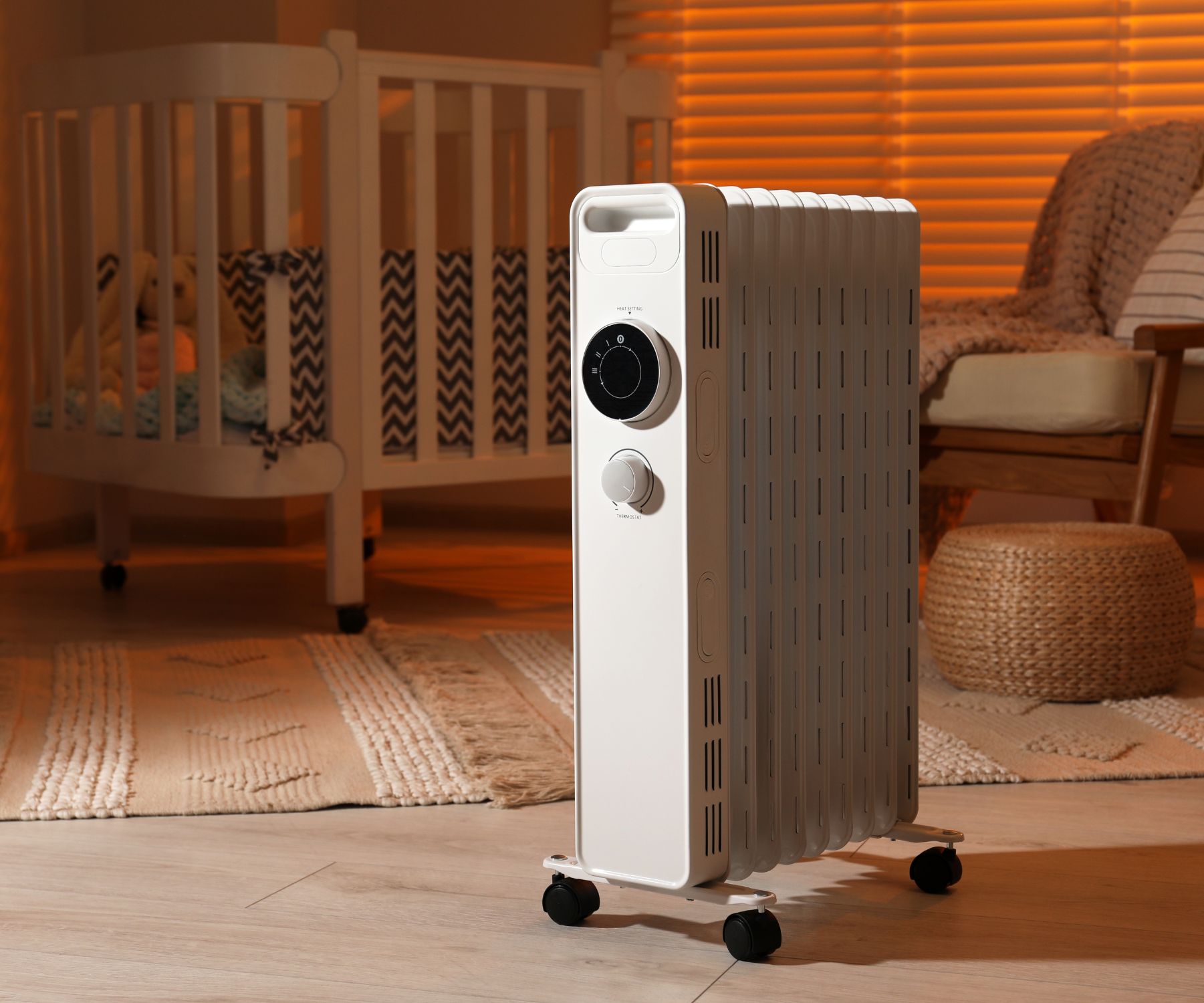 The possibility of leaking
The possibility of leaking Another Big Gripe
Another Big Gripe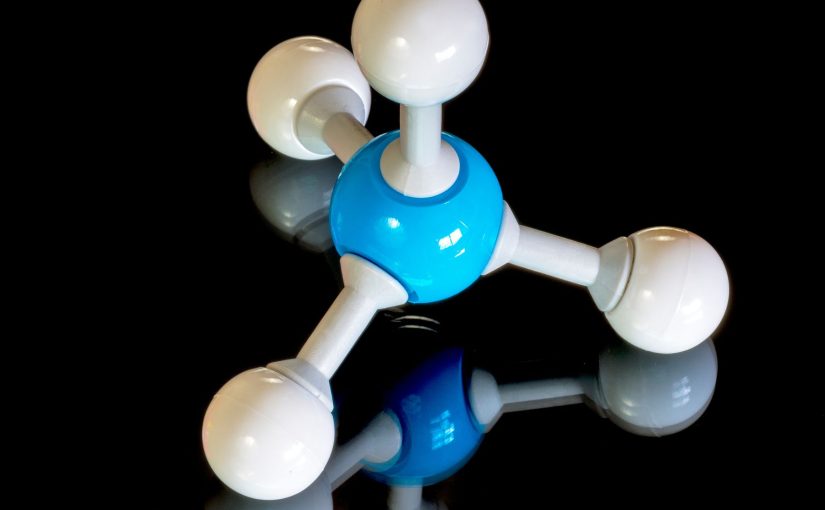

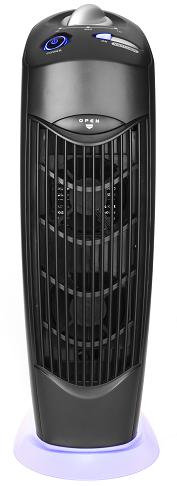

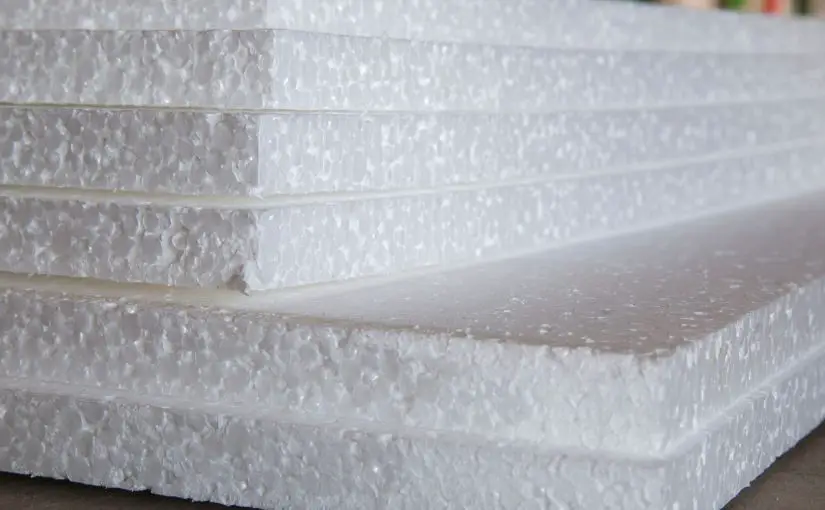
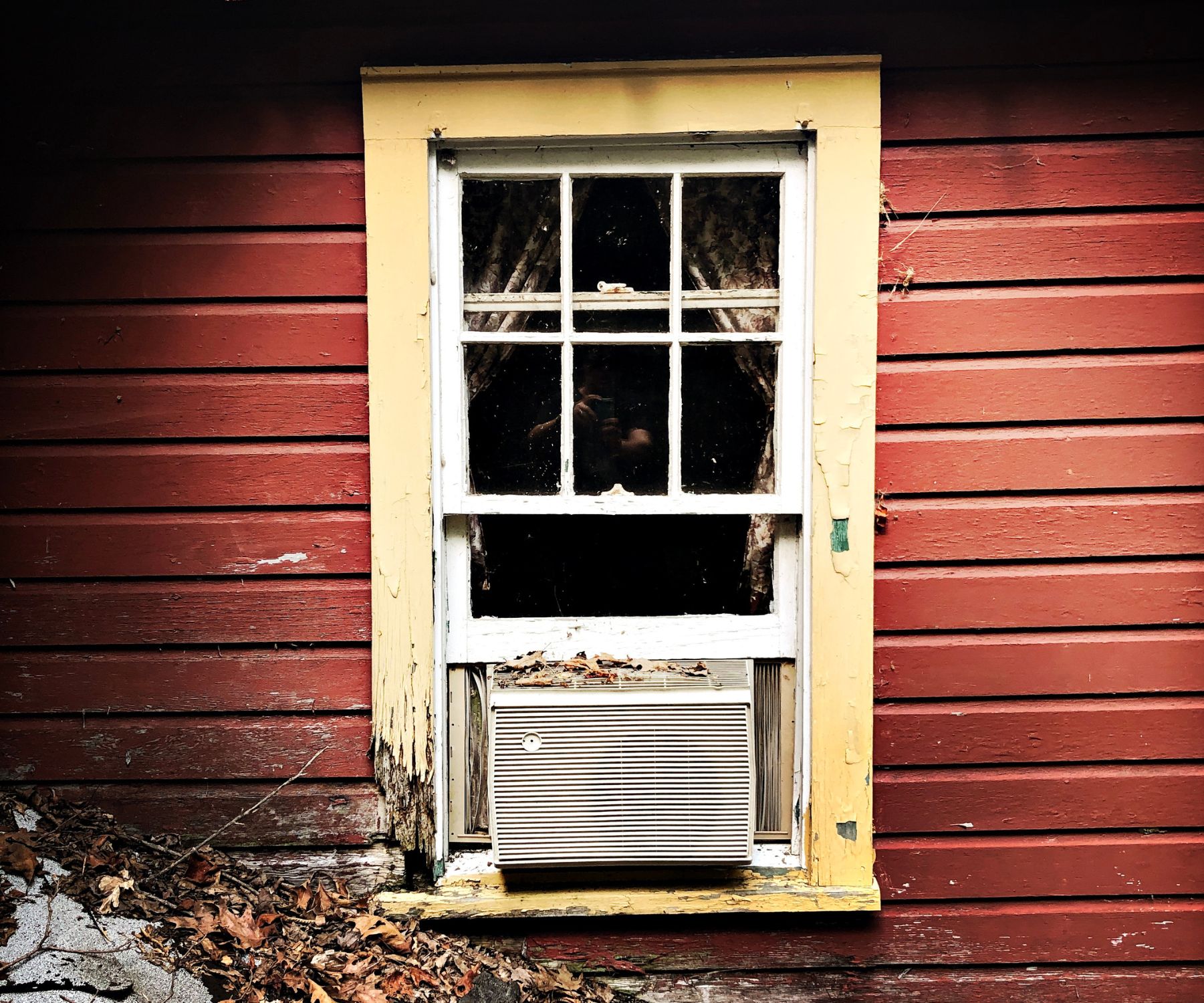
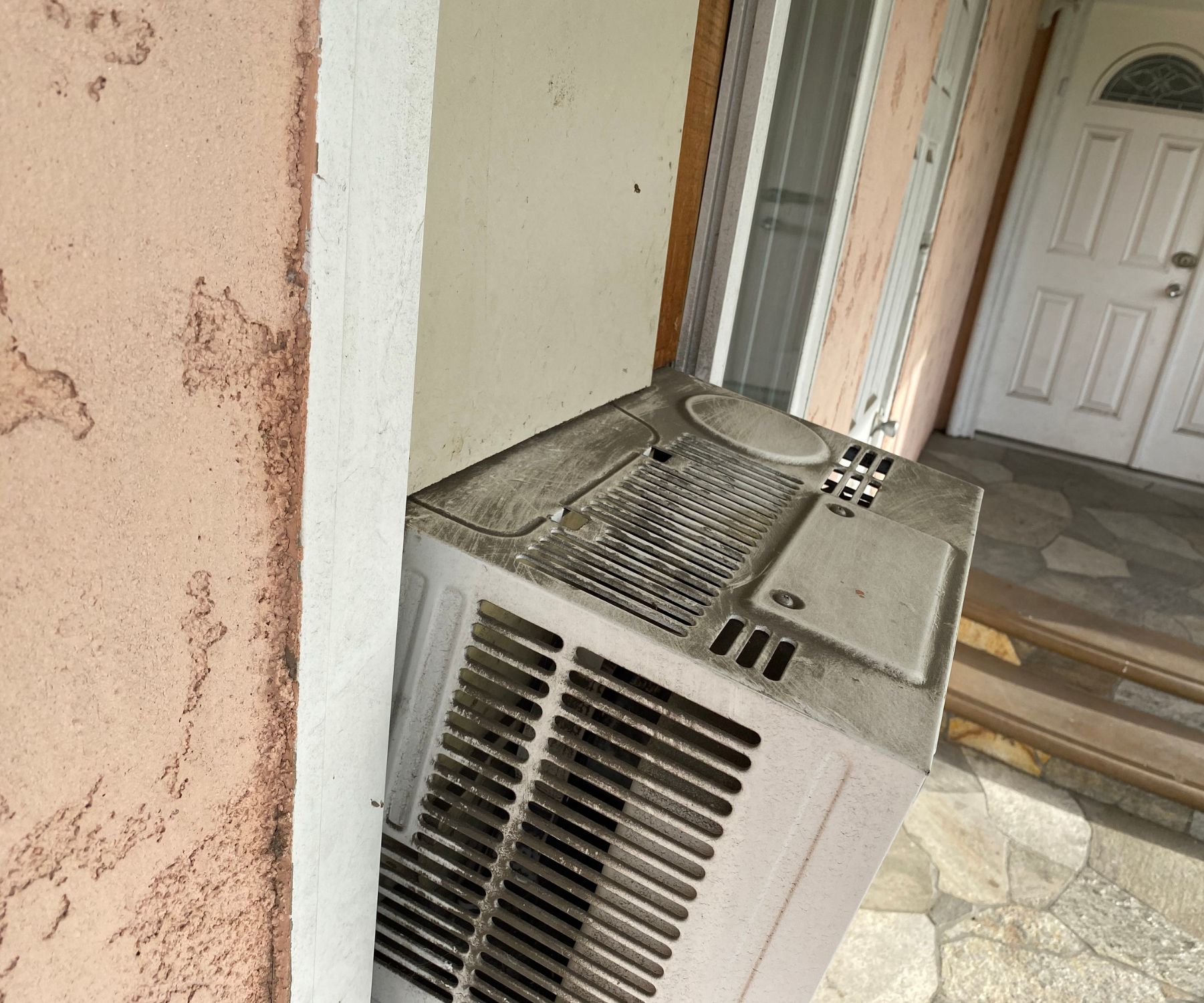
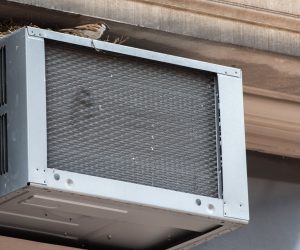 Some of the possibilities include that it is located under a tree, or it is in an area like a wind tunnel where dirt is easily kicked up and can get into the machine.
Some of the possibilities include that it is located under a tree, or it is in an area like a wind tunnel where dirt is easily kicked up and can get into the machine.

 Does Bleach Kill Fleas?
Does Bleach Kill Fleas?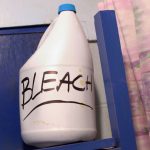 Can bleach effectively eliminate fleas?
Can bleach effectively eliminate fleas?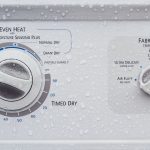 How to kill fleas in the dryer
How to kill fleas in the dryer Will vinegar kill fleas?
Will vinegar kill fleas?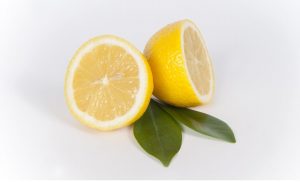 Lemon will not kill fleas. Lemon is not poisonous, not even to fleas. But like vinegar, it is a strong deterrent for fleas.
Lemon will not kill fleas. Lemon is not poisonous, not even to fleas. But like vinegar, it is a strong deterrent for fleas. Will Rosemary kill fleas?
Will Rosemary kill fleas?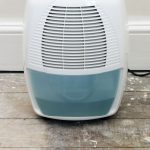 Dehydration
Dehydration Salt kills fleas by drying them out and damaging their fragile exoskeleton. Salt is one of the easiest desiccant products that you already have around the house.
Salt kills fleas by drying them out and damaging their fragile exoskeleton. Salt is one of the easiest desiccant products that you already have around the house. Baking soda will kill fleas by drying them out. It is very similar to salt in that it has a dehydration quality that will dry out a fleas exoskeleton and leave them with no chance to survive.
Baking soda will kill fleas by drying them out. It is very similar to salt in that it has a dehydration quality that will dry out a fleas exoskeleton and leave them with no chance to survive.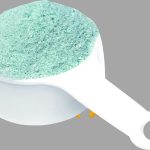 Borax is also a natural dehumidifier that will dry a flea out sufficiently that it cannot survive.
Borax is also a natural dehumidifier that will dry a flea out sufficiently that it cannot survive. A simple solution to getting fleas off of your dog is Dawn dishwashing soap. It will coat any fleas on the animal and keep them from escaping when you’re washing the dog.
A simple solution to getting fleas off of your dog is Dawn dishwashing soap. It will coat any fleas on the animal and keep them from escaping when you’re washing the dog. Killing fleas instantly is not as easy as it seems. But there are many commercial flea killers that have the capacity to do just that.
Killing fleas instantly is not as easy as it seems. But there are many commercial flea killers that have the capacity to do just that.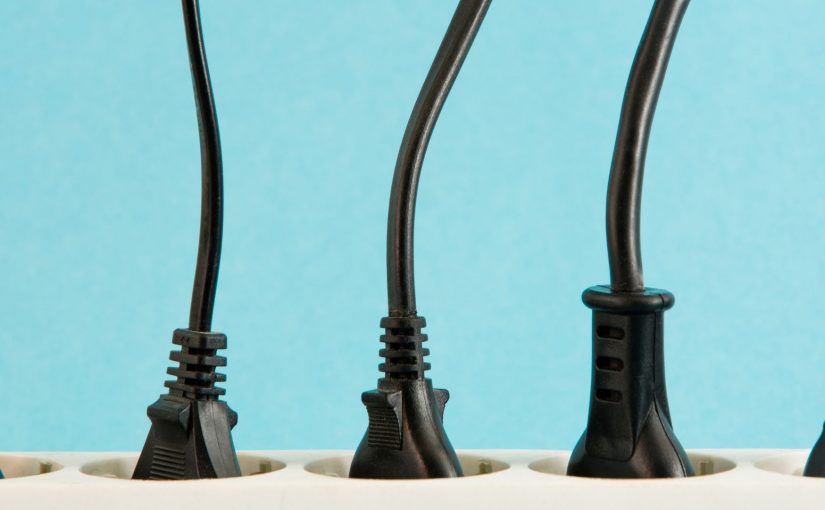
 Power strip danger
Power strip danger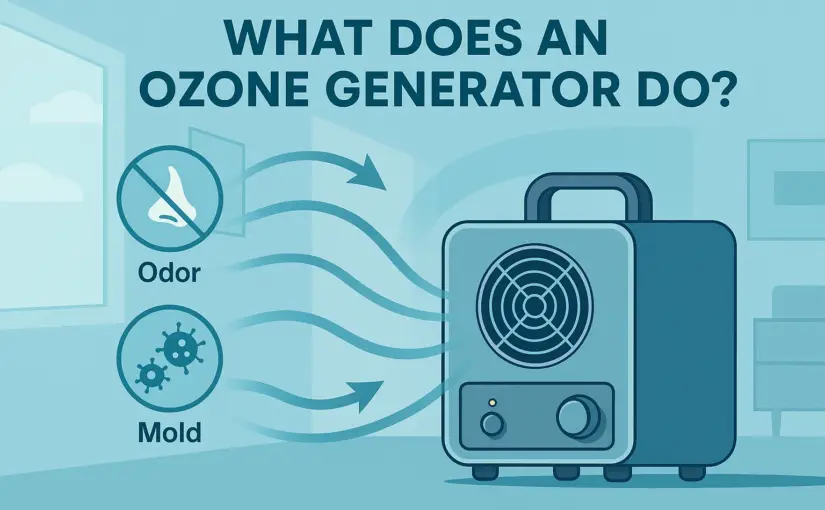
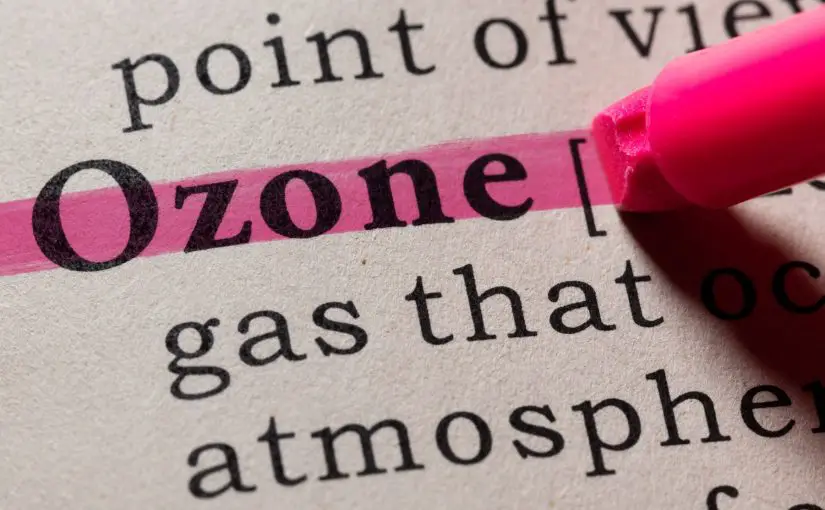
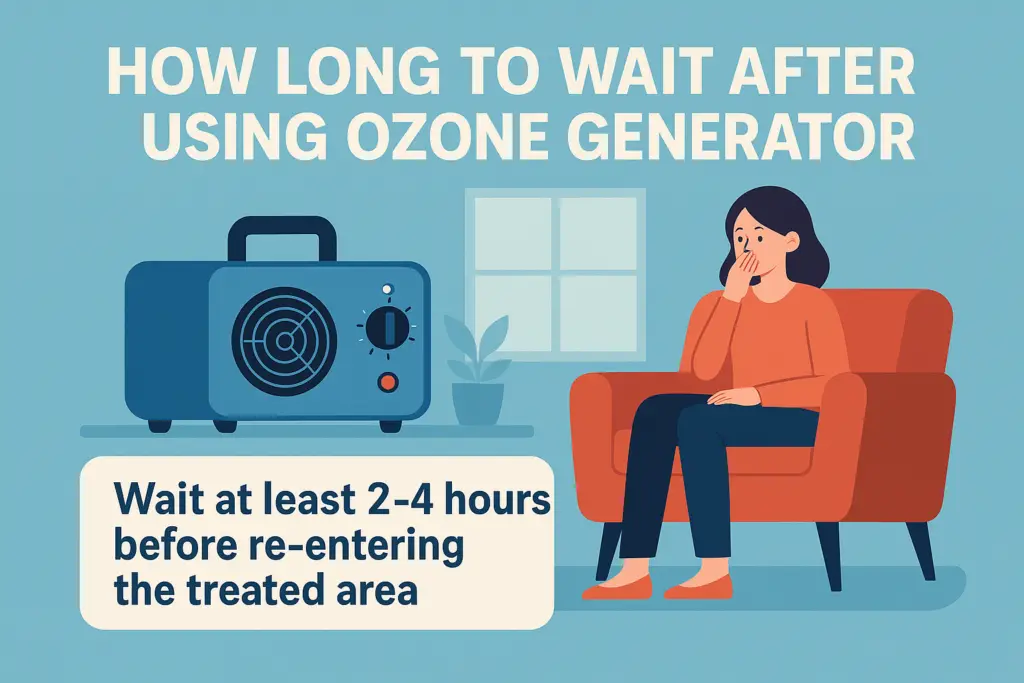
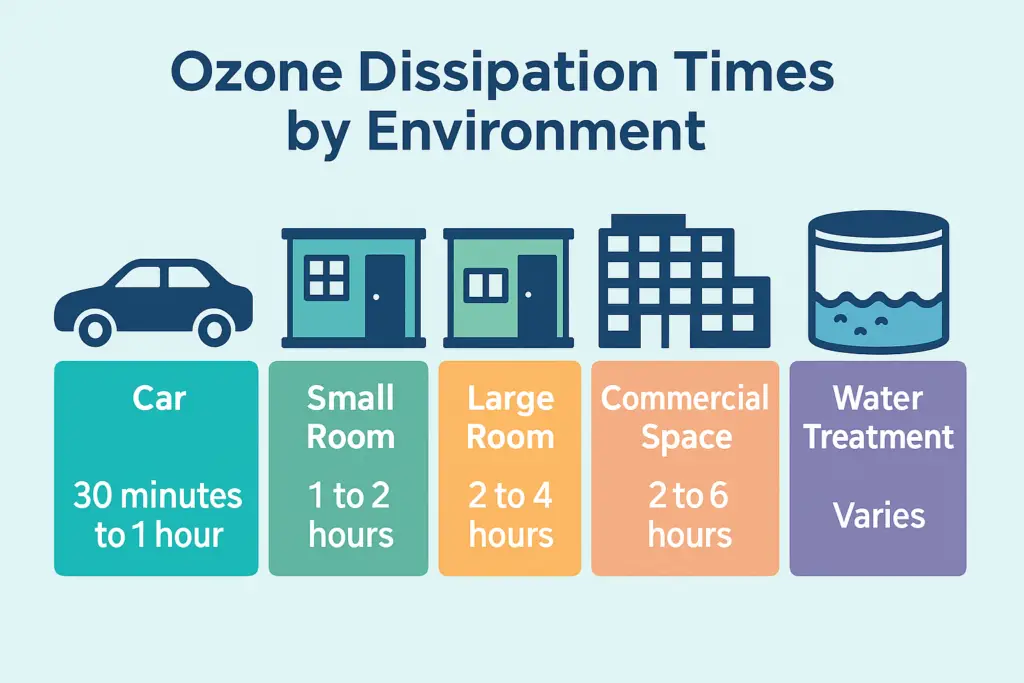
 Ozone Dissipation in Specific Environments
Ozone Dissipation in Specific Environments Technological Aspects of Ozone Generators
Technological Aspects of Ozone Generators OdorFree Villa 3000 Ozone Generator for Eliminating Odors, permanently removing Tobacco, Pet and Musty Odors at their Source – Easily Treats Up To 3000 Sq Ft
OdorFree Villa 3000 Ozone Generator for Eliminating Odors, permanently removing Tobacco, Pet and Musty Odors at their Source – Easily Treats Up To 3000 Sq Ft
